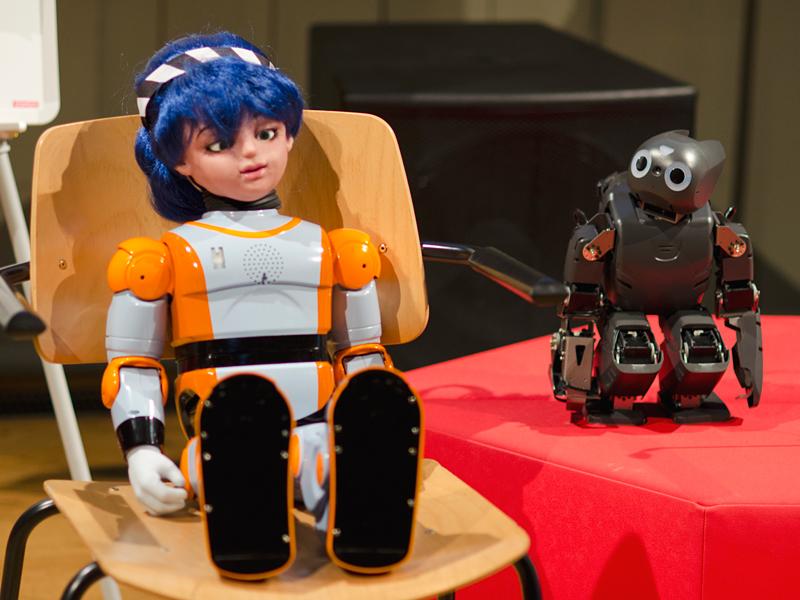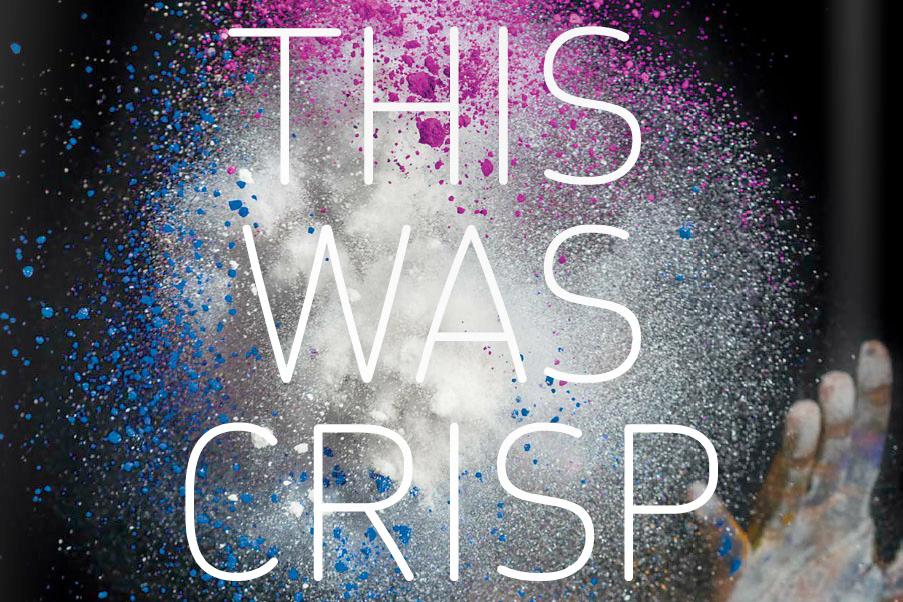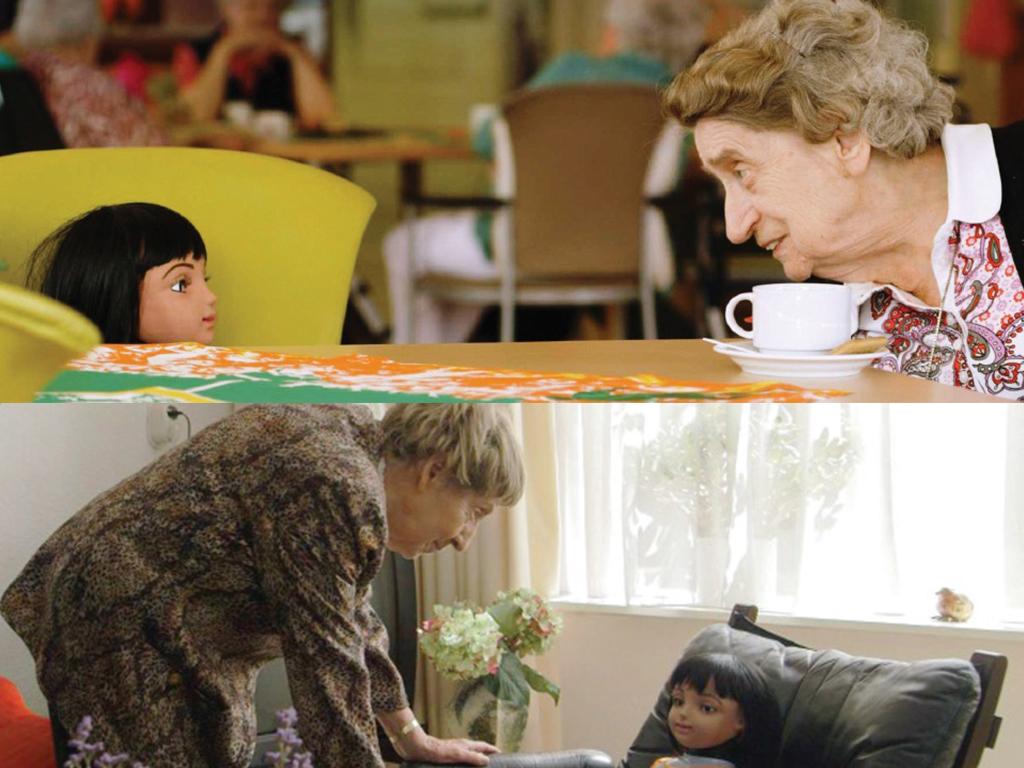Are robots something for the future? I don’t think so. At least, not after the event PhDO 8 which was organised in the Waag on February 8. Here, designers, artists and scientists discussed the role of robots in our society. To my surprise, the question did not appear to be whether robots will be present in our future, but what we want them to be like. And what role they should or could have. Below, some of the possible scenarios that I’ve discovered: pick your choice!
Scary robots
Computer-scientist Johan Hoorn is wearing a t-shirt that expresses the feelings many people have when they think of robots. The shirt shows how robots, zombies and aliens have just one goal: ‘Death to all humans’. It is an image that we get from Science Fiction novels or movies about robots. It seems that these books and movies are a source for our fear towards robots: they might take over, get out of control and destroy us. For designer Johan Hoorn and artist Erik Fakkeldij however, these movies are a source of inspiration. The two robots that Johan Hoorn designed, Alice (a cognitive robot) and Darwin (a mechanic robot), are for instance inspired on the robotic duo R2D2 and C-3PO from Star Wars.
Cute androids
To take away some of the existing fears and let people explore the possibilities robots can offer, for instance in healthcare, the team of CRISP Selemca experiments with different physical forms for the androids. Darwin is what you would expect a robot to look and be like: mechanic, plastic and with very stiff movements. Alice has a more doll-like face and a human voice. For me, this actually makes her scarier than little Darwin. I must admit I think he is cute, in a robot-kind-of-way.
Creative problem solvers
Next to experiments with the physical appearance, the research team wants to implement emotions and moral reasoning within the software that controls the robot. And they are working on a creative module in the software. The robot stops repetitive behaviour (for instance offering food) if this doesn’t have the desired effect. Instead, it starts doing something completely different: like using the 'turning the spoon into an airplane' trick to make the food more exiting and attractive. The robot thus becomes a creative problem solver.
Cuddly carebots
Sociologist Margo van Kemenade shows us a video of Leonardo, a robot that looks somewhat like a Gremlin: all big eyes and fuzzy hair. He is introduced to a Cookiemonster doll. Then he is told that Cookiemonster is really bad and he actually shows fear for the stuffed animal. You instantly want to grab Leonardo and comfort him. Margo asks us: Can you build an emotional relationship with a robot? Is it fair to let people with Alzheimer for instance, interact and get attached to a robot in the form of a little seal that reacts to their strokes and petting? On the one hand, it makes them happy. On the other, you make them believe they are bonding with a living creature. For artist Erik Fakkeldij, it is all very clear. “I definitely have a relationship with my Artbots. I have created them, so they are like my children. And I wouldn’t want it any other way.”
PhDO is an initiative by Waag and Arne Hendriks that consists of a series of network events: both for people from the creative sector as people that work on research or development.
Check out all the photo’s of the event on our Flickr page.


